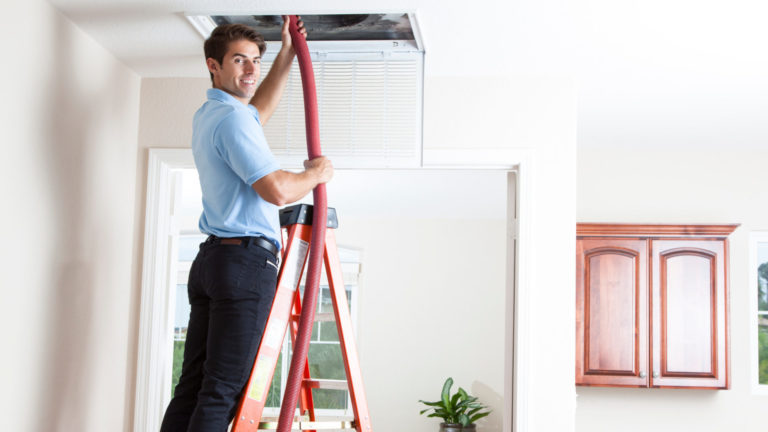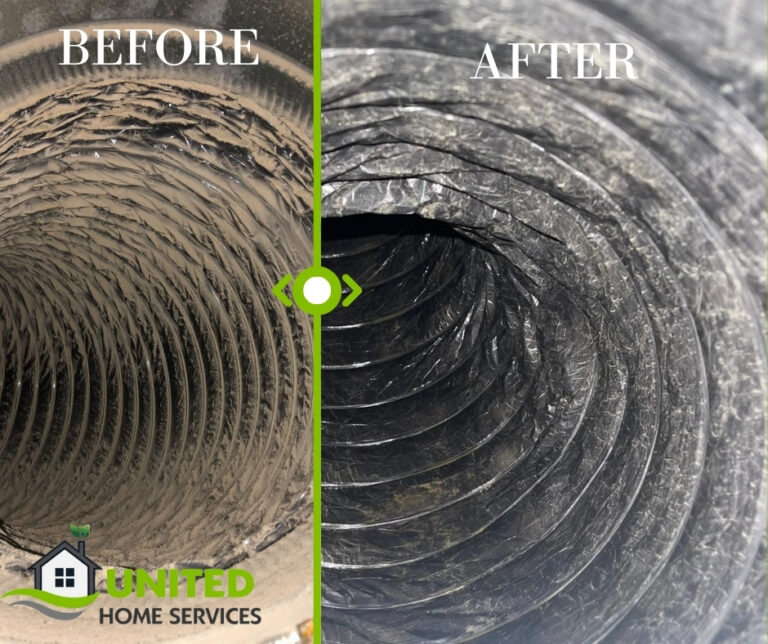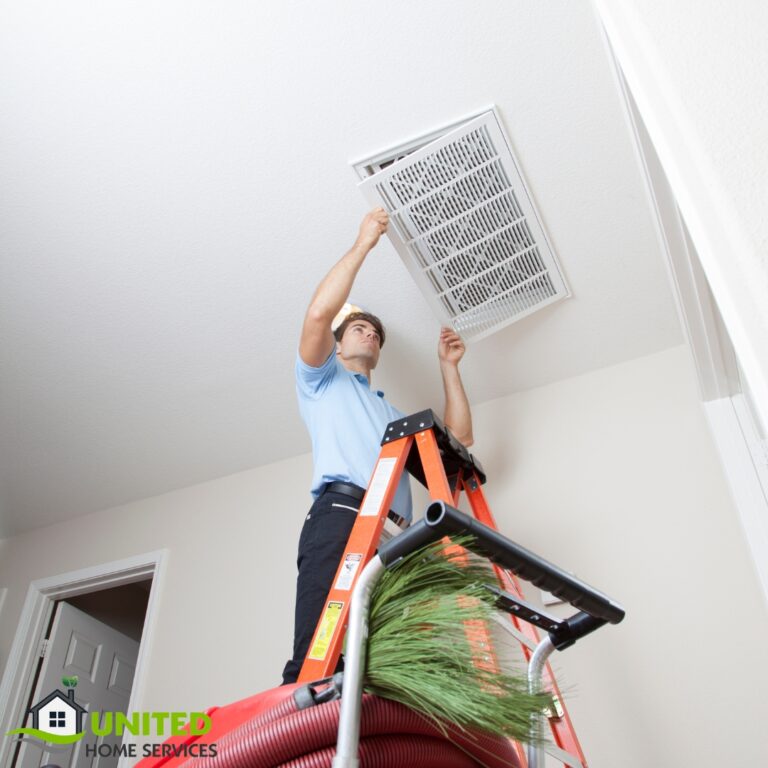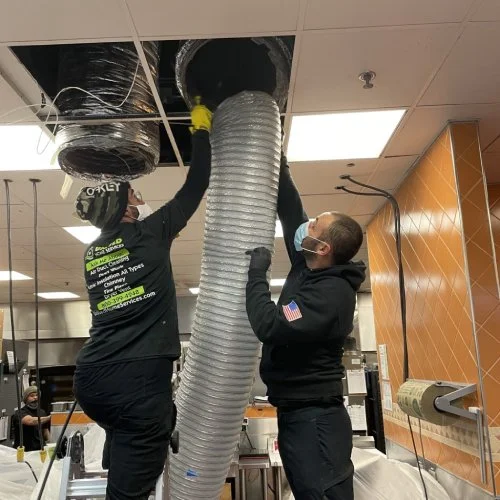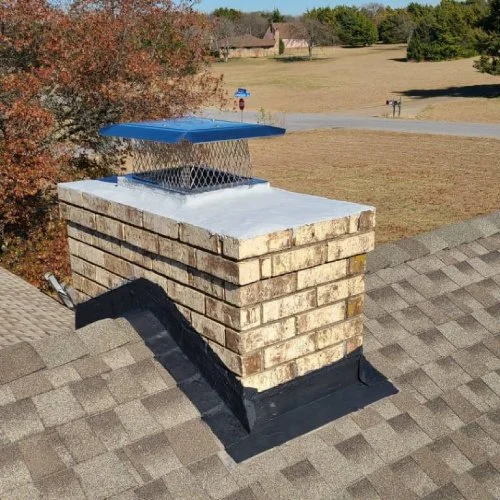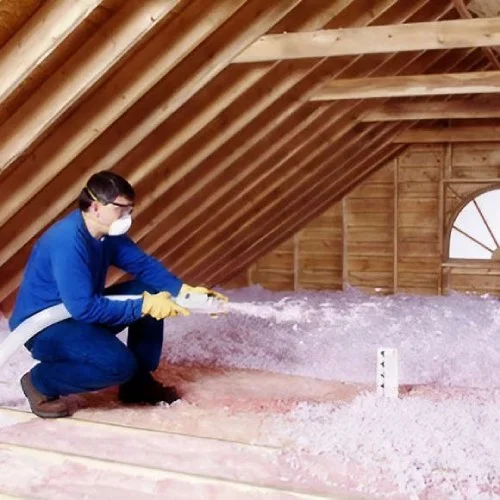Let’s be real—pets are like family. They bring so much joy, unconditional love, and a whole lot of fur and dander into our lives. But here’s the thing: as much as we adore our furry friends, they can also be a big part of the air quality improvement challenges in our homes. If you’re a pet owner with allergies, or you just want to breathe a little easier, this guide is for you.
I’ve been there. I remember when we first got our dog, Max. We were so excited, but it didn’t take long before the sneezing and itchy eyes started. The culprit? Pet dander and hair all over the house. I had no idea how much our lovable, shedding furball was affecting our indoor air quality. So, if you’re feeling the same way, trust me, you’re not alone.
Understanding the Impact of Pets on Indoor Air Quality
Pet Dander and Allergens
First, let’s talk about pet dander. This stuff is the tiny, almost invisible flecks of skin that pets shed, and it can seriously mess with your indoor air quality. If you or someone in your home has allergies, pet dander can trigger all sorts of reactions—sneezing, itchy eyes, even asthma attacks. And here’s the kicker: even if you don’t think you’re allergic, long-term exposure to pet dander can still irritate your respiratory system.
When Max first started shedding, I didn’t think much of it. But then, I noticed I was sneezing more often, especially in the morning. Turns out, those tiny particles were floating around in the air, settling on surfaces, and making their way into my lungs. Not cool.
Odors and VOCs (Volatile Organic Compounds)
Now, let’s get into odors. We love our pets, but let’s face it—sometimes they stink. Whether it’s the litter box, a wet dog smell, or an accident on the carpet, these odors can hang around in your home and affect your air quality. But it’s not just about the smell; some pet products like cleaners and shampoos release VOCs (volatile organic compounds), which can also degrade the quality of the air you’re breathing.
I remember one time Max had a run-in with a skunk (the smell was as bad as you’d imagine). I tried every cleaner under the sun to get rid of the odor, but it just kept lingering. What I didn’t realize was that some of those cleaning products were releasing VOCs, making the air quality even worse. It was a double whammy—bad smells and bad air.
The Role of Pet Hair
Then there’s pet hair. While it might not be as allergenic as dander, it still plays a role in your home’s air quality. Pet hair can trap dander, dust, and other allergens, which then get circulated through your HVAC system. If your ducts are clogged with hair, your system has to work harder, and your air quality suffers.
One summer, I noticed our AC wasn’t working as efficiently. After some investigation, I realized the vents were clogged with Max’s hair. Once we got the ducts cleaned, the difference was night and day—not just in our energy bills, but in how much fresher the air felt.
The Importance of Air Duct Cleaning for Pet Owners
How Pet Hair and Dander Affect Your Ducts
If you’ve got pets, your air ducts are working overtime. Every time your HVAC system kicks on, it’s circulating air through your home, and with that air comes pet hair and dander. Over time, this buildup can reduce the efficiency of your system and significantly impact your indoor air quality. It’s like a snowball effect—the more hair and dander in your ducts, the harder your system has to work, and the worse your air quality gets.
When I finally had our ducts cleaned, I was shocked by what came out. The amount of pet hair and dust they pulled out was enough to knit a sweater. But more importantly, the air in our home felt cleaner, and I wasn’t waking up with that annoying tickle in my throat anymore.
Why Regular Air Duct Cleaning is Essential
This is why regular air duct cleaning is so crucial for pet owners. By removing the buildup of hair, dander, and dust from your ducts, you can drastically improve the air quality in your home. And let’s be real—if you’ve got allergies, this isn’t just a nice-to-have; it’s a must.
Think of air duct cleaning like giving your HVAC system a fresh start. It’s a deep clean for the lungs of your home, ensuring that every breath you take is as clean as possible. And if you’ve got multiple pets, this becomes even more important.
Choosing a Professional Air Duct Cleaning Service
Not all air duct cleaning services are created equal. You want to make sure you’re choosing a company that knows what they’re doing—preferably one that’s NADCA-certified (National Air Duct Cleaners Association). This certification means they follow strict standards and use advanced techniques to get your ducts as clean as possible.
When we decided to get our ducts cleaned, I did my homework. I went with a NADCA-certified company, and the difference was incredible. The team was professional, thorough, and left no stone unturned. The result? Cleaner air, lower energy bills, and a much happier home environment.
Additional Air Quality Improvement Strategies for Pet Owners
Investing in High-Quality Air Purifiers
Now, let’s talk about air purifiers. These little machines can be a game-changer for pet owners. A good air purifier with a HEPA filter can capture pet dander, hair, and other allergens, keeping the air in your home clean and fresh. Place them in the rooms where your pets spend the most time for maximum effectiveness.
I’ve got an air purifier in our living room where Max loves to hang out. It’s made a noticeable difference in how fresh the air feels, and it’s even cut down on the dust that seems to settle everywhere. If you don’t have one yet, I highly recommend investing in a quality air purifier.
The Role of HEPA Filters in Your HVAC System
Speaking of filters, if you haven’t upgraded your HVAC system to use HEPA filters, now’s the time. HEPA filters are designed to trap even the smallest particles, including pet dander. They’re an essential tool in the fight against poor air quality in pet-friendly homes.
Just a heads-up, though—HEPA filters need to be changed regularly, especially in homes with pets. If you’re not sure how often to change yours, a good rule of thumb is every three months, but it might need to be more frequent if you’ve got multiple pets or during heavy shedding seasons.
Regular Cleaning and Maintenance Practices
Keeping your home clean is key to maintaining good air quality, especially when you’ve got pets. Vacuum your floors and furniture regularly with a vacuum that has a HEPA filter to trap dander and hair. Wash your pet’s bedding often, and try to use natural cleaning products to avoid adding more VOCs into the air.
In our house, we’ve made it a habit to do a deep clean every weekend. It’s a bit of work, but it makes such a difference in how fresh and clean our home feels. Plus, it helps keep the pet odors at bay, which is always a bonus.
Managing Pet Odors Effectively
Pet odors can be tricky to manage, but it’s not impossible. Natural solutions like baking soda, vinegar, and essential oil diffusers can work wonders in keeping your home smelling fresh. And don’t forget about the litter box—cleaning it regularly is a must if you want to keep those odors under control.
I’ve started using an essential oil diffuser with lavender and lemon oils, and not only does it smell great, but it also helps to neutralize any lingering pet odors. It’s a simple, natural way to keep your home smelling fresh without resorting to chemical-laden sprays.
Real-Life Success Stories from Pet Owners
Case Study 1: A Family with Multiple Pets and Severe Allergies
Let me tell you about a friend of mine, Sarah. She’s got two dogs and a cat, and both her kids have severe allergies. For years, they struggled with sneezing, coughing, and general discomfort at home. After doing some research, she decided to invest in regular air duct cleaning and a couple of high-quality air purifiers. The difference was night and day. Not only did the air in her home feel cleaner, but her kids’ allergy symptoms dramatically improved.
Case Study 2: A Pet Lover’s Experience with Regular HVAC Maintenance
Another pet-loving friend, John, has always had a house full of animals. But he noticed that his energy bills were sky-high, and the air in his home felt stuffy. He decided to get his HVAC system serviced and had the ducts cleaned out. The results? His system started running more efficiently, his bills went down, and the air quality in his home improved significantly. Now, he makes sure to schedule regular maintenance to keep things running smoothly.
Conclusion
So, there you have it—your ultimate guide to air quality improvement as a pet owner. It’s not always easy, but with the right strategies, you can enjoy a clean, healthy home without sacrificing the joy of having pets. Regular air duct cleaning, investing in air purifiers, and maintaining a good cleaning routine can make all the difference.
Remember, your home is your sanctuary, and the air you breathe should be as clean as possible. Take the steps to improve your air quality today, and you’ll be breathing easier in no time—just like we did after taking action in our own home.
And if you’re still struggling with air quality issues, don’t hesitate to reach out to a professional who can help you take your home’s air quality to the next level.

